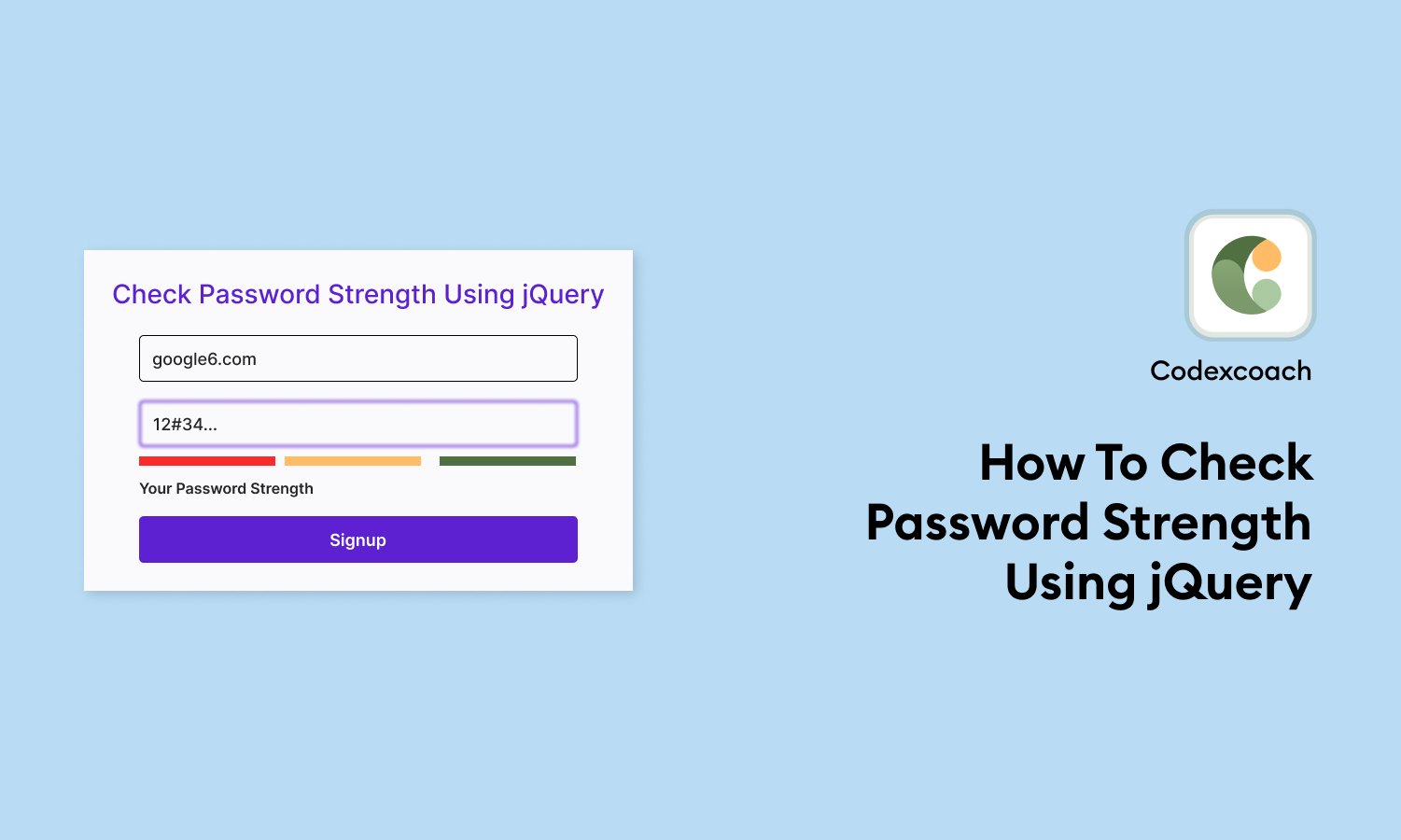Built on top of Python’s type annotations, Pydantic is a module for validating data and managing configuration settings. It aids in data validation by ensuring that the data is in the correct format and data types specified by the schema.
Using Pydantic to find and fix app bugs before they spread might help you avoid unpleasant surprises. In this article, I’ll show you how to check your data’s validity using Pydantic.
What is Pydantic?
A Python module called Pydantic handles validation and user preferences. This Python framework checks data for correctness and conformity to the schema to determine whether it may be used. For data validation and serialization, many Python applications use Pydantic due to its speed, versatility, and simplicity. It also helps catch problems with your software before they affect too many users.
Web Scraping Made Easy with Node.js and Cheerio
Importance of Pydantic
The Pydantic Python module is helpful because it streamlines type-safe data structure modifications and correctness checks. It uses Python’s type annotations to construct data models and does runtime validation to ensure the data is appropriately formatted.
Incorporating third-party APIs and data sources is a breeze with Pydantic’s automated parsing and serialization features. Pydantic improves Python projects’ stability, security, and maintainability by detecting potential issues before they manifest. Today’s Python developers can only do with Pydantic, a validating and managing data tool.
Features of pydantic
The Pydantic package allows for the development and verification of data models. Some of Pydantic’s distinguishing features are as follows:
Data validation: The type annotations in Pydantic allow for thorough data verification.
Type conversion: Pydantic may conduct data type conversions automatically depending on the model’s annotations.
Settings management: Pydantic simplifies the control of a Python program’s settings by constructing a settings model and importing settings from diverse sources, such as environment variables and configuration files.
Schema generation: If you supply data models to Pydantic, it will automatically generate JSON schemas.
Fast parsing and serialization: Pydantic’s quick parsing and serialization make it a good choice for time-sensitive applications.
Custom validators: You may build your inconsistency-checking validation algorithms using Pydantic.
Dependency injection: Pydantic enables you to define internal model dependencies, which facilitates the generation of model instances automatically.
Type hinting: Pedantic works with Python’s type indicating system so complicated data structures may be defined and verified with little effort.
Integrating pydantic
Pydantic may be integrated into a Python project with little effort by following these simple steps:
Install Pydantic: Pydantic may be downloaded and set up with the help of the Python package manager, pip. In a terminal or command prompt, type “pip install pedantic” and hit enter to set up pedantic.
Define your data model: Data models in Pydantic are specified in the model class. Python’s type annotations let you set requirements for the data types and validation rules that must be met by the fields in your model. As an example:
from pydantic import BaseModel class User(BaseModel):
id: int
name: str
email: str
is_active: bool = TrueUse your data model:
You can now fix mistakes and make improvements thanks to your detailed data model. Here’s a sample of data validation using the User model:
user_data = {
"id": 1,
"name": "John Doe",
"email": "[email protected]",
"is_active": True
}
user = User(**user_data)
print(user.dict())
# Output: {'id': 1, 'name': 'John Doe', 'email': '[email protected]', 'is_active': True}
invalid_user_data = {
"id": "invalid_id",
"name": "John Doe",
"email": "[email protected]",
"is_active": True
}
try:
invalid_user = User(**invalid_user_data)
except ValueError as e:
print(e)
# Output: invalid literal for int() with base 10: 'invalid_id'The above code generates and outputs a dictionary containing the properties of a new instance of the UserModel class. The User model is built improperly in the second code sample since a string is used for the id property instead of an integer. It causes a ValueError as a consequence.
Incorporate Pydantic into your project and use its data validation, type conversion, and settings management capabilities to guarantee that your Python code is error-free and reliable.
How to Validate Your Data with pydantic?
Pydantic is a lightweight tool for validating data models. To check your information using Pydantic, follow these steps:
Define a data model: Pydantic’s BaseModel class is where data models are provided. Model fields and other validation criteria may have their anticipated values specified using Python-type annotations.
Create an instance of the data model: Create a duplicate of your data model and provide it with the necessary details through keyword arguments.
user_data = {
"id": 1,
"name": "John Doe",
"email": "[email protected]",
"is_active": True
}
user = User(**user_data)
Access the validated data: To access the confirmed information, use the.dict() method on the data model instance.
print(user.dict())
# Output: {'id': 1, 'name': 'John Doe', 'email': '[email protected]', 'is_active': True}
Handle validation errors: Pydantic will throw a `ValueError` with helpful diagnostics if the incoming data does not conform to the data model. You may intercept the `ValueError` and deal with it as necessary.
invalid_user_data = {
"id": "invalid_id",
"name": "John Doe",
"email": "[email protected]",
"is_active": True
}
Try:
invalid_user = User(**invalid_user_data)
except ValueError as e:
print(e)
# Output: invalid literal for int() with base 10: 'invalid_id'
Because the `id` field in` invalid_user_data` is not an integer, Pydantic generates a `ValueError` with a descriptive error message.
The data validation tools in Pydantic let you find and solve bugs in your code before they might affect performance or security.
Conclusion
You may construct data models and check incoming data against those models with the help of Python’s pydantic solid data validation package. It helps you build dependable Python apps by providing capabilities like data conversion, validation, and settings management.
You may make your Python code more legible, manageable, and error-tolerant by including Pydantic in your projects. It is often used for data validation in Python programs because of its flexibility and simplicity.










